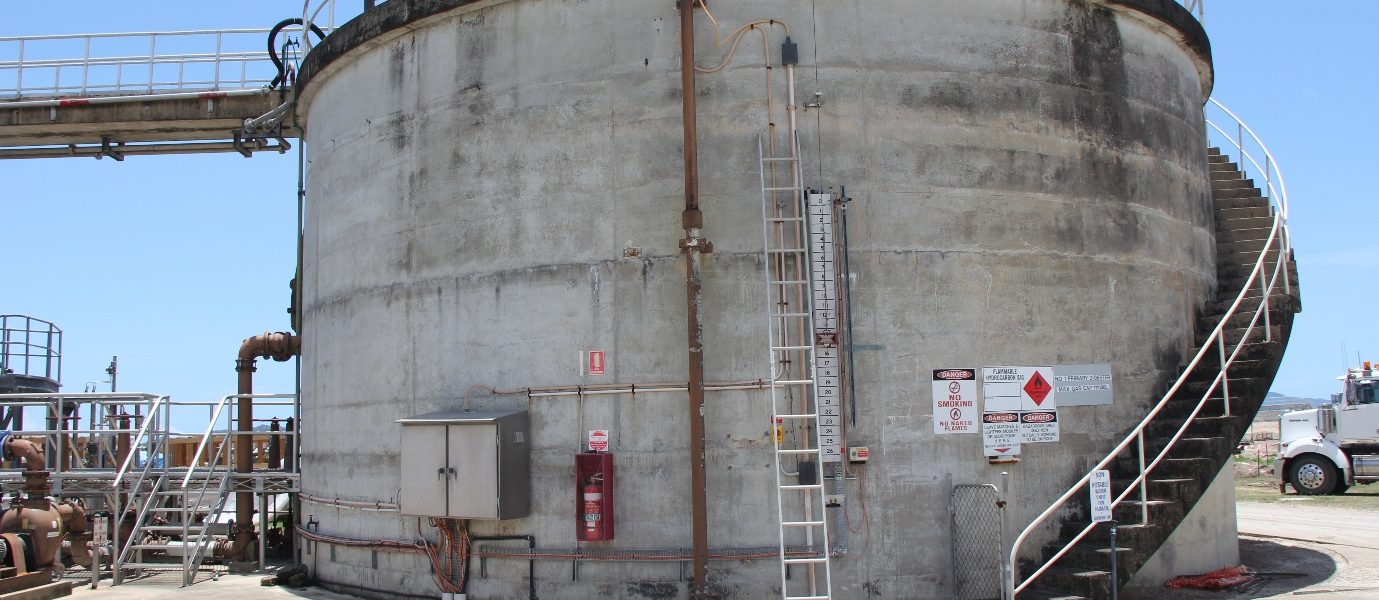All About Roar Solutions
Table of ContentsFacts About Roar Solutions UncoveredThe Main Principles Of Roar Solutions The Definitive Guide for Roar Solutions
In such an atmosphere a fire or explosion is possible when three standard problems are fulfilled. This is typically referred to as the "dangerous area" or "combustion" triangle. In order to protect installations from a possible explosion a method of evaluating and identifying a potentially dangerous location is needed. The purpose of this is to guarantee the correct selection and installment of devices to ultimately avoid a surge and to ensure security of life.

No tools needs to be set up where the surface temperature level of the equipment is more than the ignition temperature of the given risk. Below are some typical dirt hazardous and their minimal ignition temperature. Coal Dirt 380C 225C Polythene 420C (thaws) Methyl Cellulose 420C 320C Starch 460C 435C Flour 490C 340C Sugar 490C 460C Grain Dirt 510C 300C Phenolic Material 530C > 450C Aluminium 590C > 450C PVC 700C > 450C Residue 810C 570C The probability of the threat existing in a focus high adequate to create an ignition will certainly differ from place to place.
In order to identify this risk an installment is split right into locations of danger depending upon the amount of time the dangerous is present. These locations are referred to as Zones. For gases and vapours and dusts and fibers there are 3 areas. Area 0 Zone 20 An unsafe environment is extremely likely to be present and might exist for extended periods of time (> 1000 hours per year) or even continually Zone 1 Area 21 A harmful environment is possible yet not likely to be present for extended periods of time (> 10 450 C [842 F] A classification of T6 implies the minimum ignition temperature level is > 85 C [185 F] Harmful location electric equipment possibly designed for usage in higher ambient temperature levels. This would indicated on the ranking plate e.g. EExe II C T3 Ta + 60C( This suggests at 60C ambient T3 will not be gone beyond) T1 T1, T2, T3, T4, T5, T6 T2 T2, T3, T4, T5, T6 T3 T3, T4, T5, T6 T4 T4, T5, T6 T5 T5, T6 T6 T6 A T Class score of T1 indicates the maximum surface temperature level produced by the tool at 40 C is 450 C. Thinking the connected T Class and Temperature ranking for the tools are suitable for the area, you can always use a tool with a more strict Division rating than required for the location. There isn't a clear answer to this question. It truly does depend upon the kind of equipment and what fixings need to be accomplished. Tools with specific examination treatments that can't be carried out in the field in order to achieve/maintain 3rd party rating. Must return to the manufacturing facility if it is prior to the devices's service. Field Repair Service By Authorised Personnel: Challenging screening may not be required however particular treatments might need to be adhered to in order for the devices to preserve its third event score. Authorized employees should be utilized to do the job correctly Repair service have to be a like for like replacement. New component should be taken into consideration as a direct replacement requiring no unique screening of the tools after the fixing is complete. Each tool with a hazardous rating ought to be reviewed independently. These are laid out at a high degree below, but for more detailed info, please refer directly to the guidelines.
Some Of Roar Solutions
The equipment register is a comprehensive data source of tools records that consists of a minimum set of areas to identify each thing's place, technical specifications, Ex category, age, and environmental information. This information is essential for monitoring and handling the tools successfully within hazardous locations. On the other hand, for routine or RBI sampling examinations, the grade will certainly be a mix of Comprehensive and Close assessments. The ratio of Thorough to Close assessments will be identified by the Tools Danger, which is assessed based on ignition risk (the chance of a source of ignition versus the likelihood of a combustible atmosphere )and the harmful area category
( Area 0, 1, or 2). This variant will certainly also influence the resourcing demands for job prep work. Once Great deals are defined, you can create tasting strategies based upon the sample size of each Great deal, which refers to the variety of arbitrary tools things to be examined. To identify the needed example dimension, 2 elements require to be reviewed: the dimension my link of the Whole lot and the group of evaluation, which suggests the level of effort that must be used( minimized, regular, or raised )to the inspection of the Lot. By incorporating the category of assessment with the Whole lot size, you can then establish the appropriate being rejected standards for an example, suggesting the allowed variety of damaged things located within that example. For more details on this process, please refer to the Power Institute Standards. The IEC 60079 standard recommends that the optimum interval in between assessments ought to not go beyond 3 years. EEHA examinations will likewise be conducted beyond RBI projects as component of arranged upkeep and tools overhauls or repairs. These inspections can be attributed towards the RBI sample dimensions within the impacted Great deals. EEHA evaluations are conducted to recognize mistakes in electrical devices. A weighted scoring system is essential, as a single item of devices might have numerous faults, each with differing levels of ignition danger. If the combined score of both assessments is less than two times the fault rating, the Whole lot is deemed appropriate. If the Great deal is still considered undesirable, it should undergo a complete assessment or validation, which might set off more stringent inspection methods. Accepted Great deal: The reasons of any mistakes are determined. If an usual failure setting is found, extra tools may call for evaluation and repair service. Faults are identified by severity( Security, Integrity, Home cleaning ), guaranteeing that urgent concerns are evaluated and resolved promptly to alleviate any kind of influence on security or procedures. The EEHA database need to track and tape the lifecycle of mistakes in addition to the restorative actions taken. Executing a durable Risk-Based Assessment( RBI )strategy is important for making certain conformity and safety in handling Electrical Devices in Hazardous Locations( EEHA) (eeha training). Automated Mistake Rating and Lifecycle Monitoring: Easily take care of faults and track their lifecycle to enhance evaluation accuracy. The introduction of this support for risk-based evaluation even more enhances Inspectivity's placement as a best-in-class remedy for governing conformity, along with for any kind of asset-centric assessment usage instance. If you want discovering more, we welcome you to ask for a presentation and find how our service can change your EEHA monitoring procedures.
Some Ideas on Roar Solutions You Need To Know

In terms of explosive risk, an unsafe location is an environment in which an explosive ambience exists (or might be anticipated to be present) in amounts that need special precautions for the building and construction, setup and use tools. electrical refresher course. In this short article we explore the challenges encountered in the workplace, the danger control steps, and the called for proficiencies to function safely
These substances can, in particular conditions, develop explosive environments and these can have major and awful effects. Many of us are acquainted with the fire triangular get rid of any one of the three aspects and the fire can not happen, however what does this mean in the context of unsafe locations?
In most instances, we can do little about the levels of oxygen in the air, yet we can have considerable impact on resources of ignition, for instance electrical tools. Harmful locations are documented on the harmful area category drawing and are recognized on-site by the triangular "EX-SPOUSE" sign. Below, amongst other key information, zones are split right into 3 kinds depending on the hazard, the chance and period that an eruptive ambience will certainly exist; Zone 0 or 20 is deemed one of the most unsafe and Zone 2 or 22 is deemed the least.
Comments on “The Ultimate Guide To Roar Solutions”